Buckle up! America and Australia both dish out epic road trips, but the down under throws some real curveballs at travelers used to U.S. highways. Imagine wildlife that looks photoshopped and stretches of nothing that make Nevada seem crowded. Yep – Australian road journeys pack a different punch altogether.
Here is a list of 16 ways hitting the road in Australia creates an experience that’ll make you forget everything you knew about American road trips.
Driving on the Left
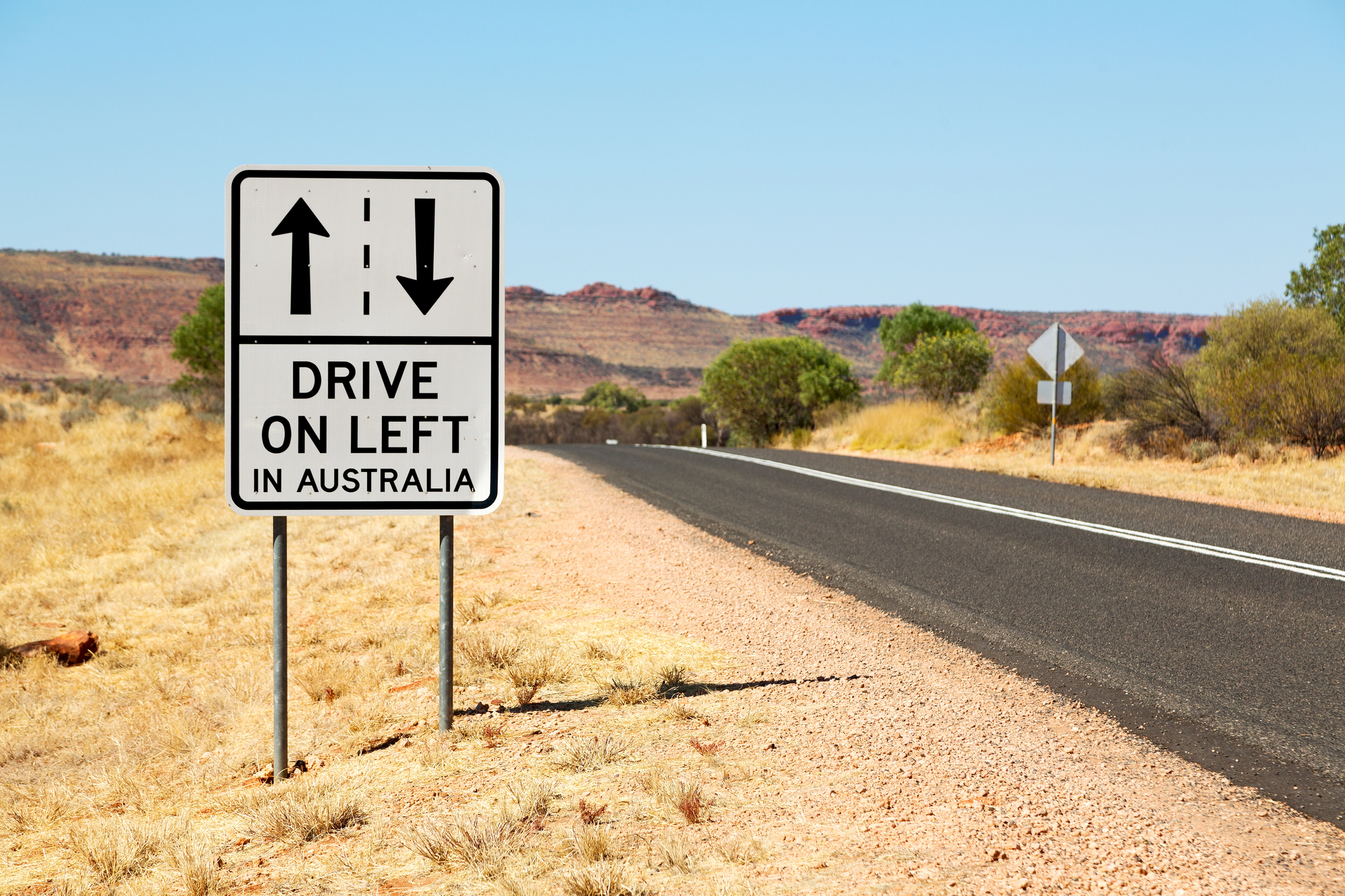
Hop behind the wheel in Australia and your brain short-circuits – they drive on the left side. Everything’s backwards! The steering wheel sits on the right, you shift gears with your opposite hand, and turning at intersections becomes a mental gymnastics event.
Just when you think you’ve got it down, you’ll reach for the nonexistent left-side mirror with your right hand.
Kangaroos at Dusk
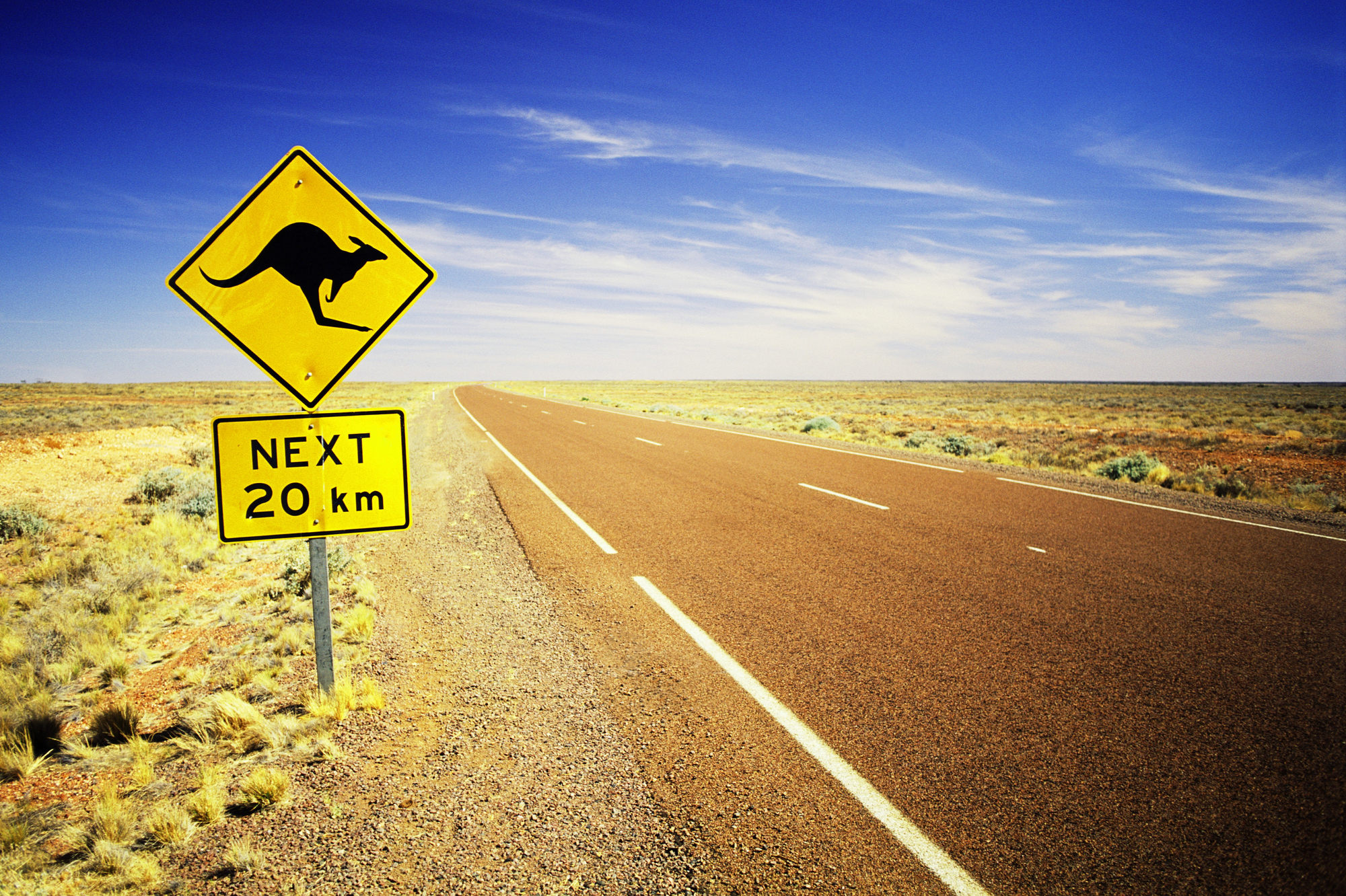
Forget deer – try 6-foot marsupials with powerful legs and zero road sense. These iconic critters turn into highway missiles at dawn and dusk, launching themselves across roads whenever they please.
The damage they cause keeps repair shops in business year-round. Local drivers won’t even blink at the “roo bar” attachment on vehicles – it’s practically standard equipment in many regions.
The Outback Vastness
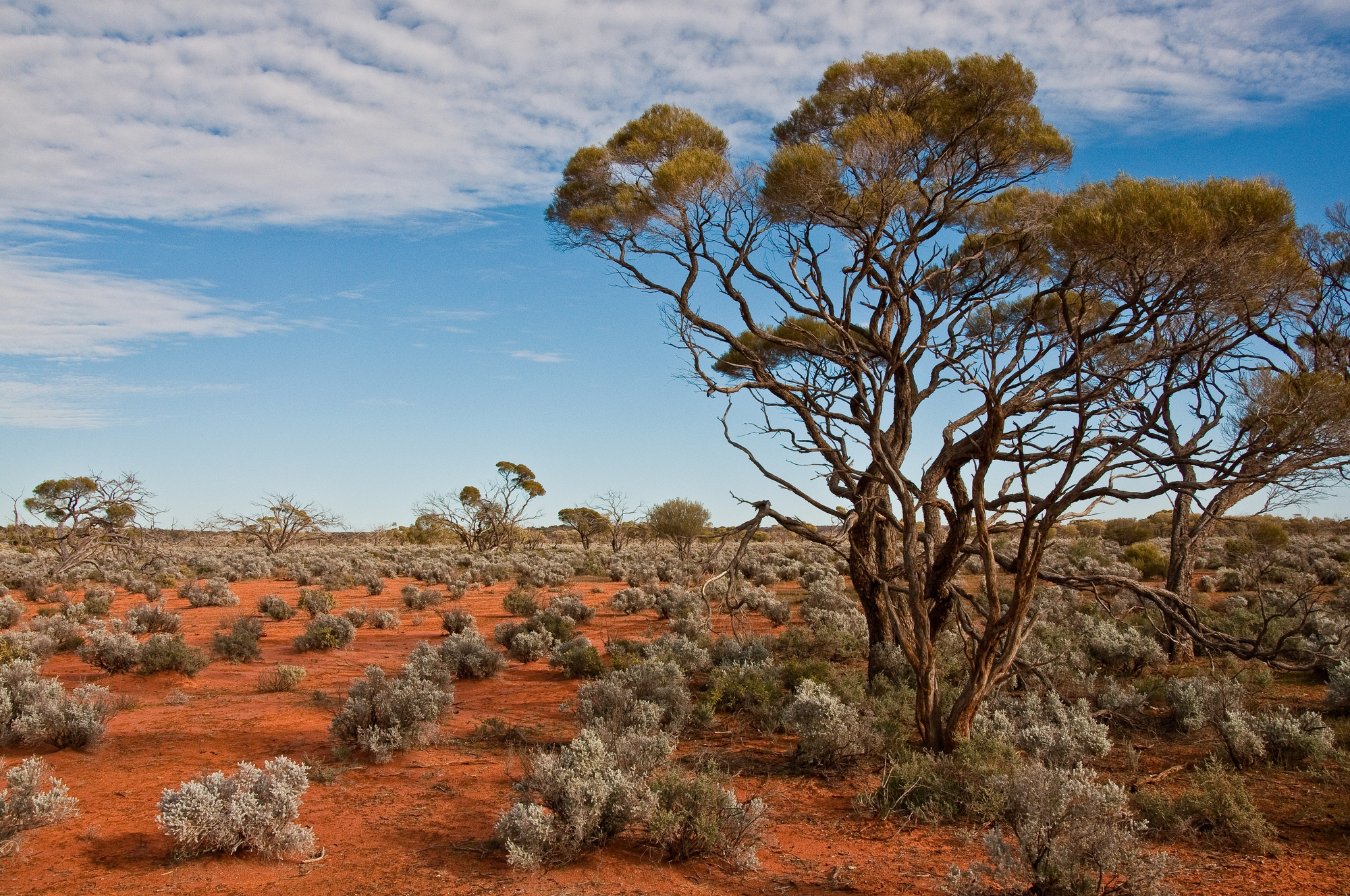
Think Death Valley feels remote? The Australian outback laughs at such amateur emptiness.
Some stretches between outback stops exceed 100 miles without a single human mark – just an endless horizon in all directions. Your “check engine” light becomes truly terrifying when you realize help might be a day’s walk away in 100-degree heat.
Like Travel Pug’s content? Follow us on MSN.
Road Trains
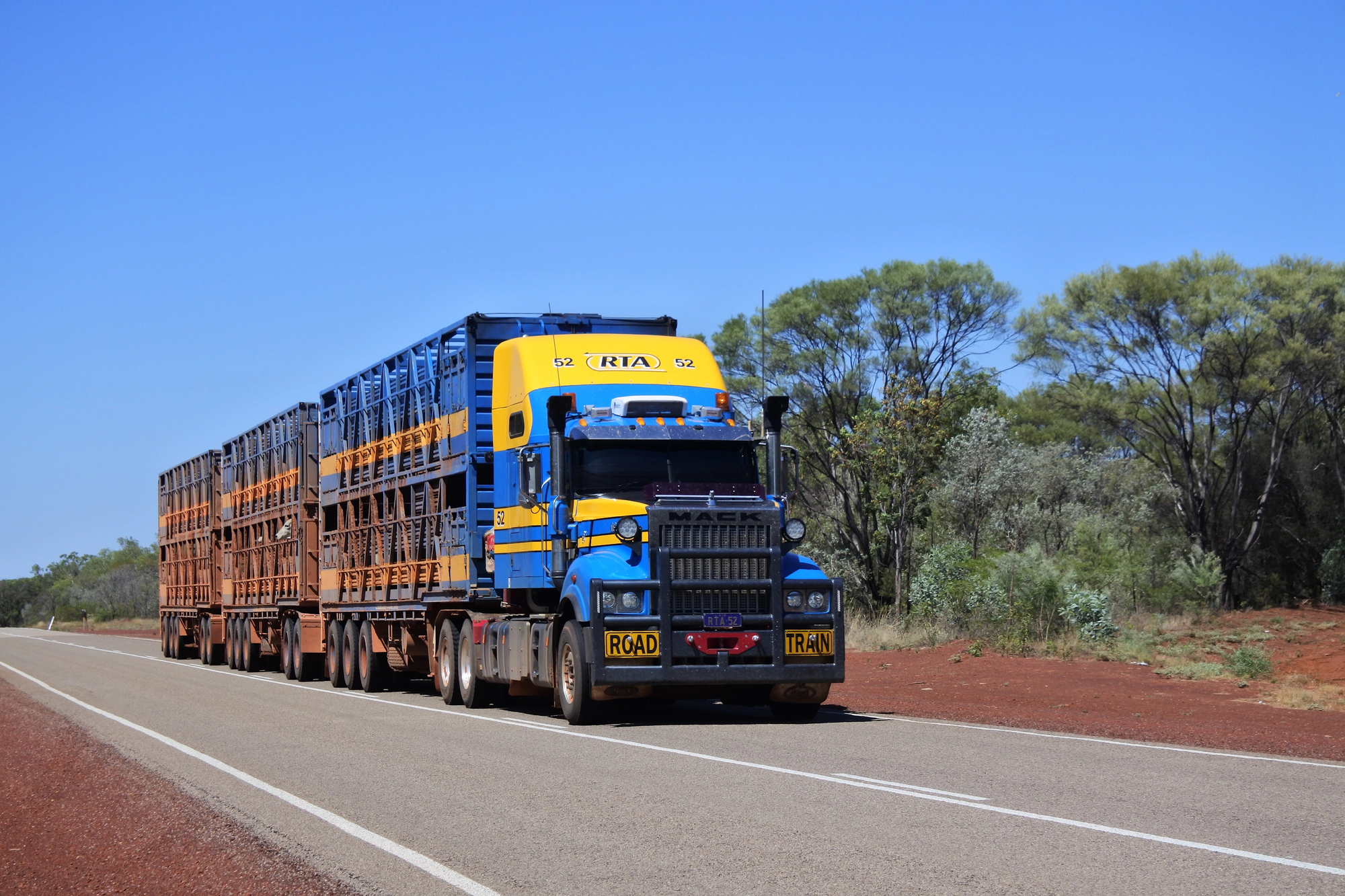
Picture this – truck monsters stretching 175 feet with four trailers chained together like metal snakes. Attempting to pass these beasts requires nerves of steel and a clear road ahead that seems to touch the horizon.
The wind blast they create can knock smaller cars sideways – making encounters with road trains a white-knuckle Australian driving badge of honor that no American interstate can match.
Australian Fuel Prices

Aussie fuel prices hit wallets hard – often 30-40% steeper than American equivalents. Fill-ups hurt thanks to higher taxes and the nightmare logistics of hauling fuel across a continent mostly empty of humans.
Budget calculations need serious adjustment; that carefree “let’s just drive” attitude quickly evaporates when each mile costs nearly double.
Wildlife Crossing Signs

U.S. road signs warn about deer and cattle – boring! Aussie signs showcase creatures that look pulled from science fiction: duck-billed platypus, spiny echidnas, and prehistoric-looking cassowaries. These aren’t tourist gimmicks either; they mark genuine crossing zones for animals Americans only see in zoos.
The signs themselves become impromptu photo ops for visitors who can’t believe what might wander across their path.
Like Travel Pug’s content? Follow us on MSN.
Roadhouses
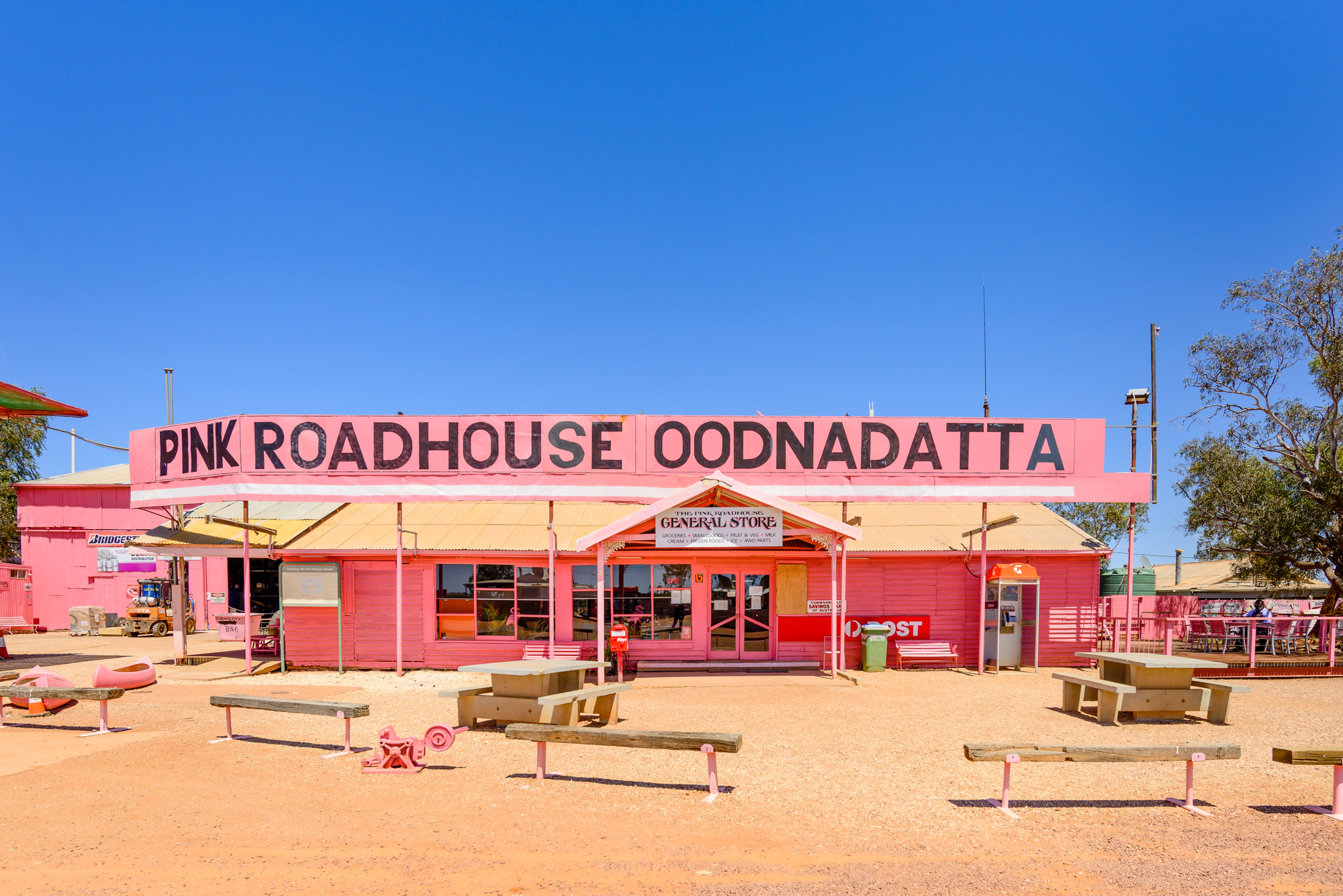
Forget cookie-cutter rest stops with Subway and McDonald’s. Australian roadhouses stand as desert islands of civilization with character baked in by decades of isolation. One might house a gas pump, greasy spoon cafe, basic motel, and makeshift airstrip for flying doctors – all under one tin roof.
Many sport collections of odd memorabilia: walls plastered with foreign currency, ceiling covered in hanging hats left by travelers, or floors embedded with semiprecious stones found nearby.
The Absolute Distances
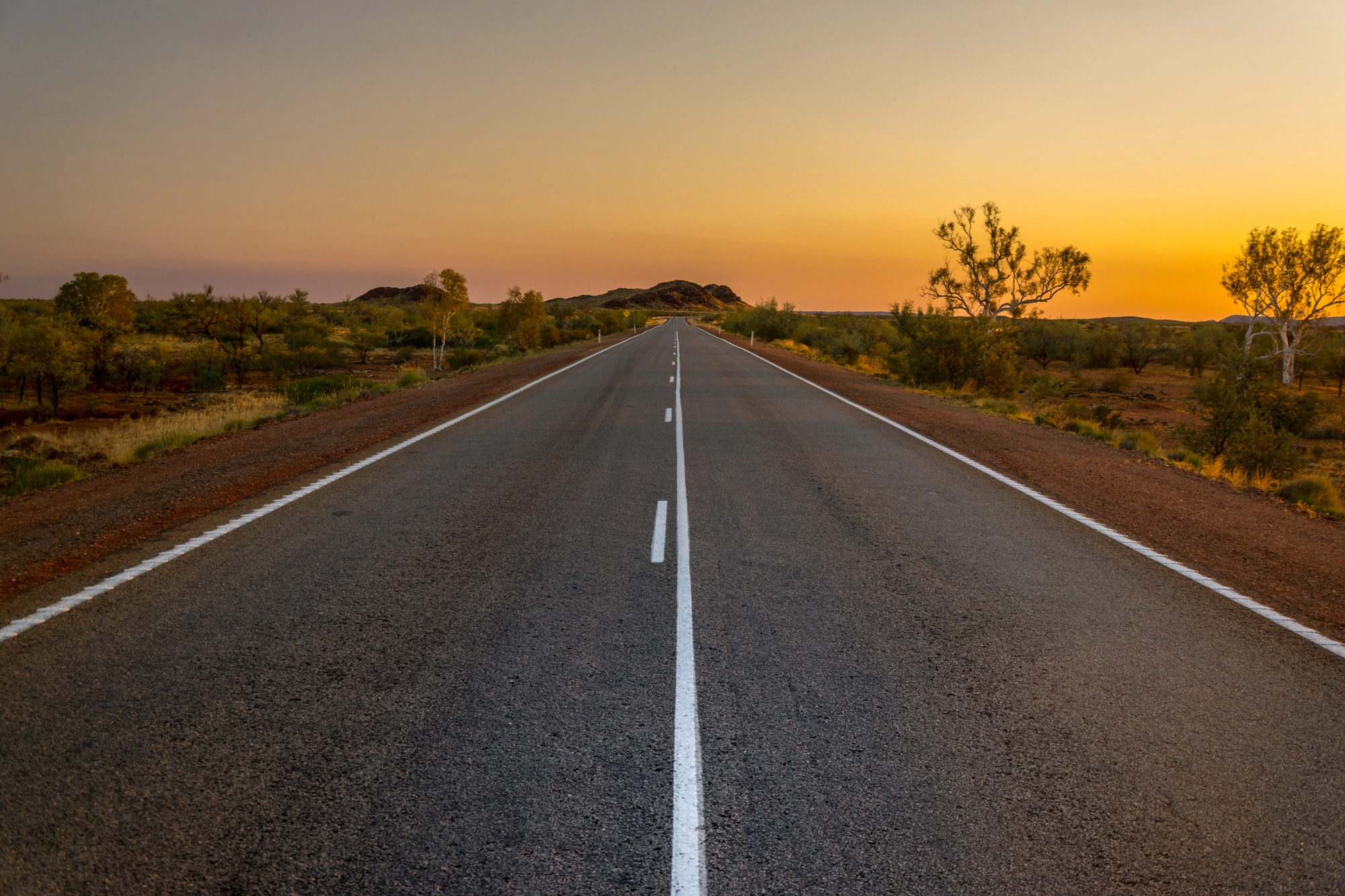
Scale in Australia warps American perceptions completely. Major cities sit multiple days apart, not hours. Perth to Sydney spans roughly 2,500 miles – equivalent to LA to NYC – and locals shrug it off. Weekend trips regularly involve 5+ hour drives that would qualify as major expeditions stateside.
Maps deceive Americans who don’t realize that cute, short-looking route might take three days to complete.
Different Seasons
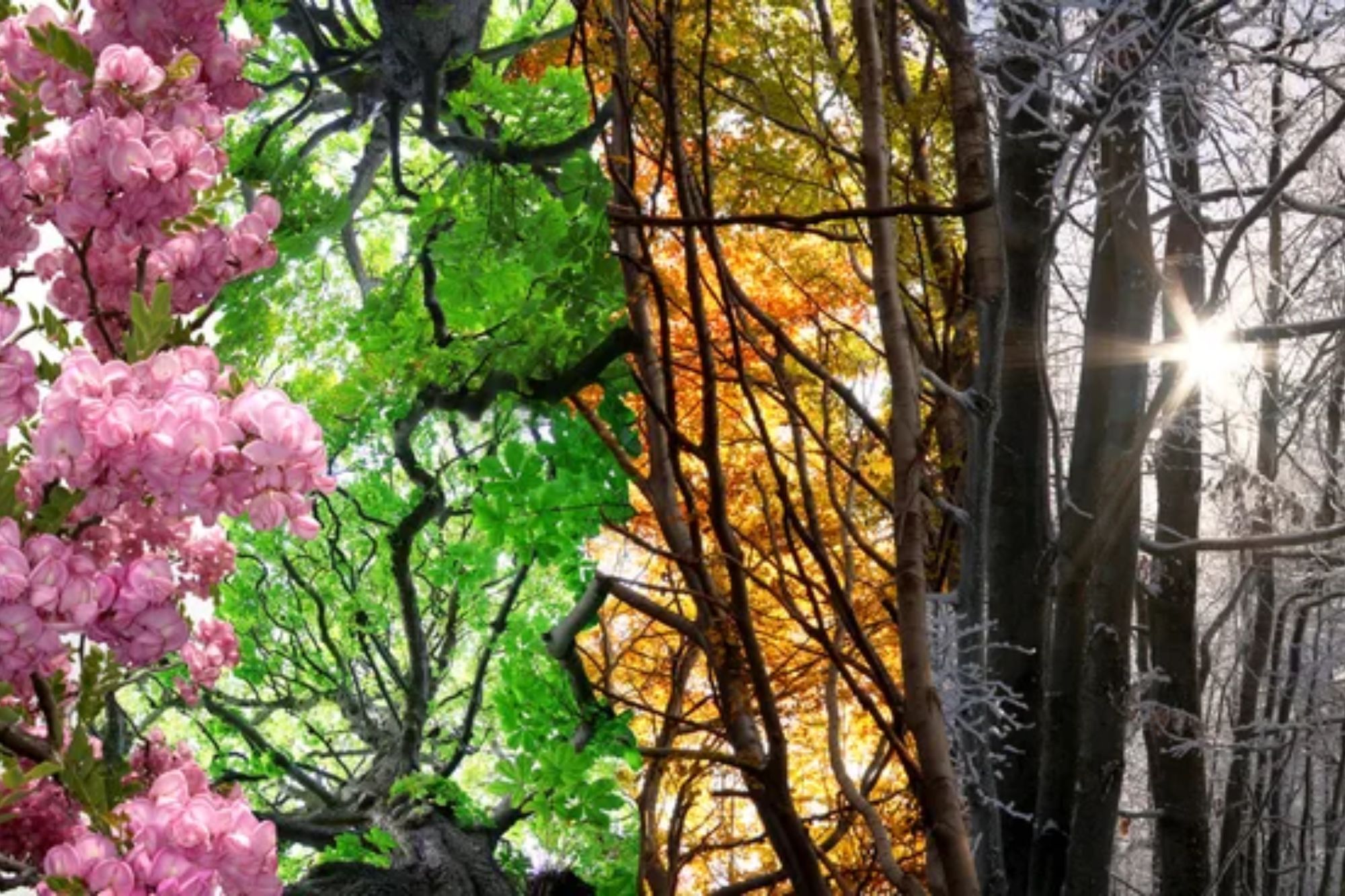
December road trips mean scorching dashboards and fighting for shade at rest stops. Christmas barbecues replace snowy scenes, while July brings perfect temps for exploring northern regions.
This seasonal flip-flop transforms everything about road trip planning – from when to go where, to what emergency gear belongs in your trunk. Summer breakdowns become survival situations, not mere inconveniences.
Like Travel Pug’s content? Follow us on MSN.
Indigenous Lands
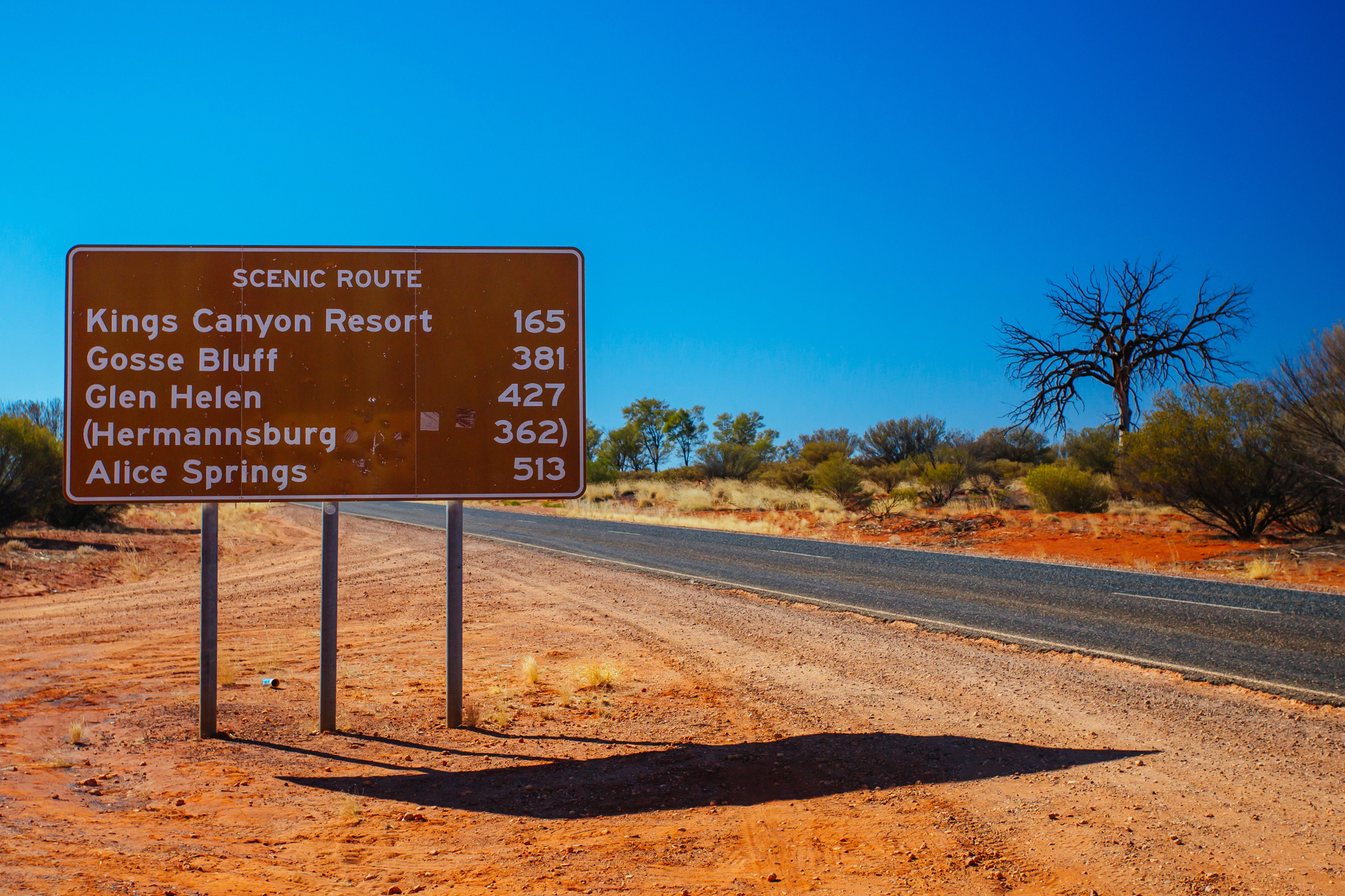
Many highways cut through Aboriginal territories with cultural histories stretching back 60,000+ years. Respectful travel means permit applications for certain areas, following specific protocols, and understanding sacred connections between landscape features and traditional stories.
This dimension adds layers of meaning and responsibility rarely encountered on American roads, where indigenous history often remains invisible to travelers.
Mobile Coverage Gaps

Think dropping one bar feels annoying? Try dropping ALL bars for 500 straight miles. Cell coverage maps of remote Australia look like someone accidentally spilled white paint across vast regions.
Satellite phones transform from spy-movie props into actual lifelines. The phrase “I’ll call when I get there” takes on a deadly serious meaning when “there” might be tomorrow or the next day.
Unique Road Surfaces

America’s smooth interstate system spoils drivers. Australia throws corrugated dirt washboards, sandy tracks that swallow tires, and “roads” that vanish completely after rain. Yesterday’s perfectly drivable route becomes today’s impassable mud pit without warning.
Locals casually ask, “Your rental’s a 4WD, right?” while eyeing your city sedan with a mixture of amusement and concern that no American road would justify.
Like Travel Pug’s content? Follow us on MSN.
Rest Area Facilities

American rest stops feel corporate and standardized. Australian rest areas range wildly from glorified pull-offs to elaborate setups with free gas barbecues where strangers become instant friends.
The communal cooking culture creates spontaneous social gatherings where travelers swap route tips and tall tales. Nobody rushes back to their car – the journey itself matters as much as the destination.
Different Wildlife Hazards

American drivers scan for deer. Aussie motorists watch for emus that can punch through windshields, camels wandering desert highways, and wombats built like concrete blocks on legs.
Each creates unique driving challenges: emus zigzag unpredictably, camels stand stubbornly in roads, and wombats cause undercarriage damage that mechanics swear shouldn’t be physically possible from animals that size.
Roadside Attractions Scale
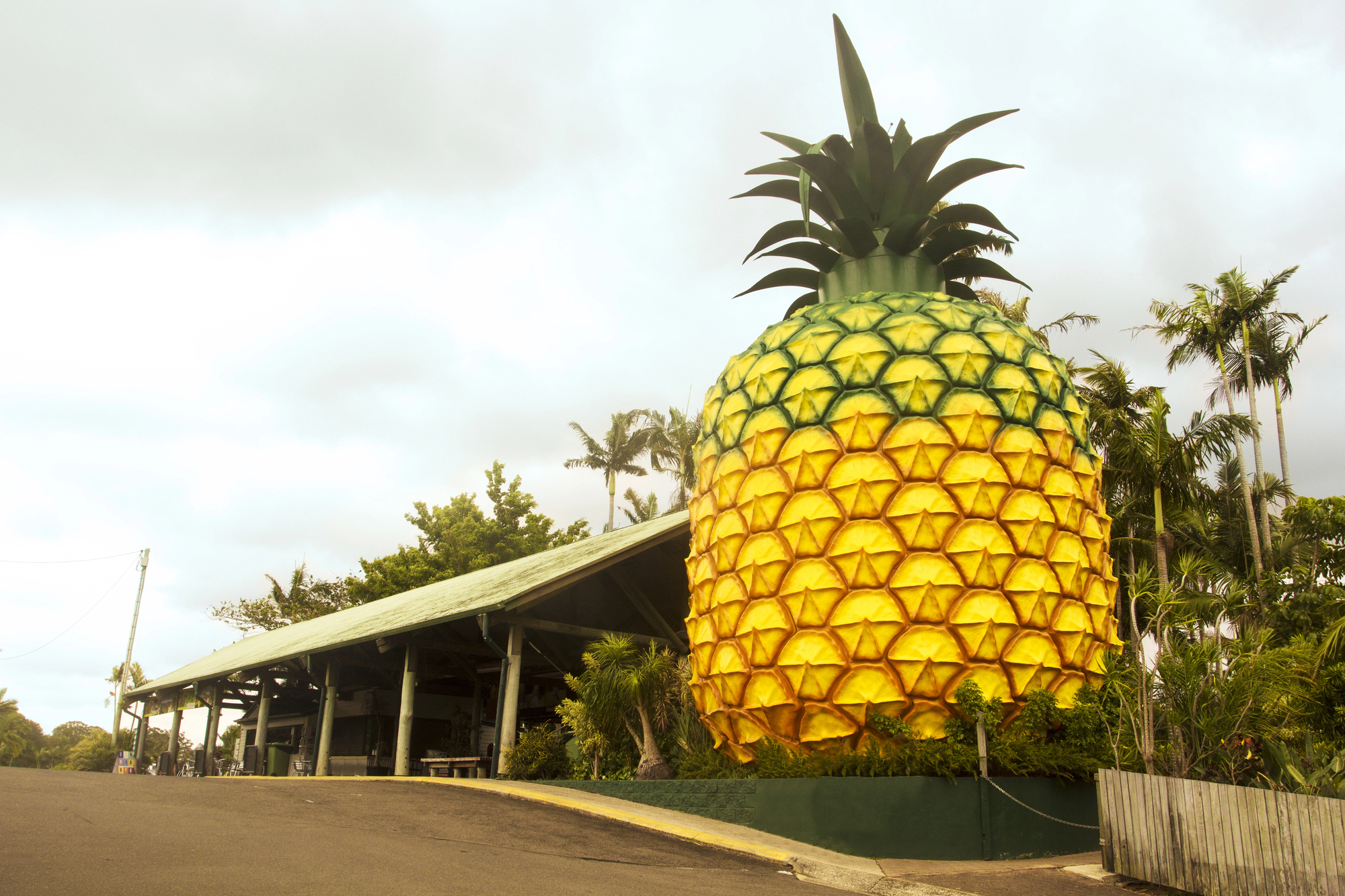
America has quirky stops, but Australia commits to absurdist gigantism. The Big Banana, Big Pineapple, Big Prawn and dozens more oversized monuments create bizarre roadside encounters.
These massive tributes to random objects have transcended mere marketing to become beloved landmarks. Each inspires the same visitor reaction: parking, staring upward, and wondering “Why?” before snapping photos to prove it exists.
Like Travel Pug’s content? Follow us on MSN.
Fuel Range Planning

American drivers barely glance at their fuel gauge between abundant gas stations. Australian outback travel requires spreadsheet-level calculations of range, consumption rates under various conditions, and exact distances between known fuel points.
Running empty isn’t just inconvenient – it’s potentially fatal. Experienced drivers carry spare cans and know exactly how many miles remain when the light blinks on.
The Lasting Impact

Australian road trips burn into memory like nowhere else – ancient landscapes shaped by the world’s oldest living cultures, ecosystems evolved in complete isolation, and star-filled nights untouched by city glow. These journeys deliver more than transportation; they forge connections with a continent that developed apart from everywhere else.
The stories gathered along Australian highways become cherished lifelong memories, offering insights into a place where distance itself becomes the most transformative element of travel.
More from Travel Pug

- Cities Growing so Fast You Won’t Recognize Them in 10 Years
- 13 Destinations Where Tourists Regularly Regret Their Trip
- 20 Obscure WWII Sites Even History Buffs Don’t Know About
- 10 Under-the-Radar Mountain Towns That Are Both Affordable and Beautiful
- Remote Villages in Europe Where You Can Live for Free in Exchange for Work
Like Travel Pug’s content? Follow us on MSN.
